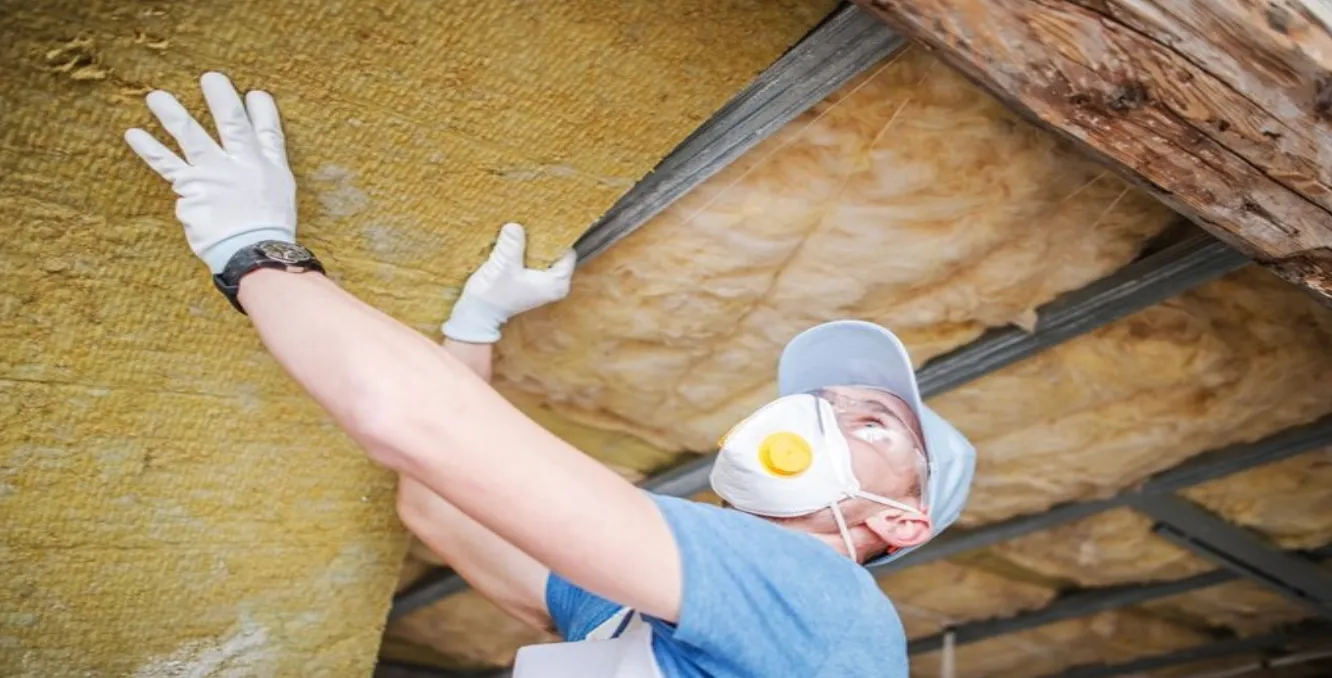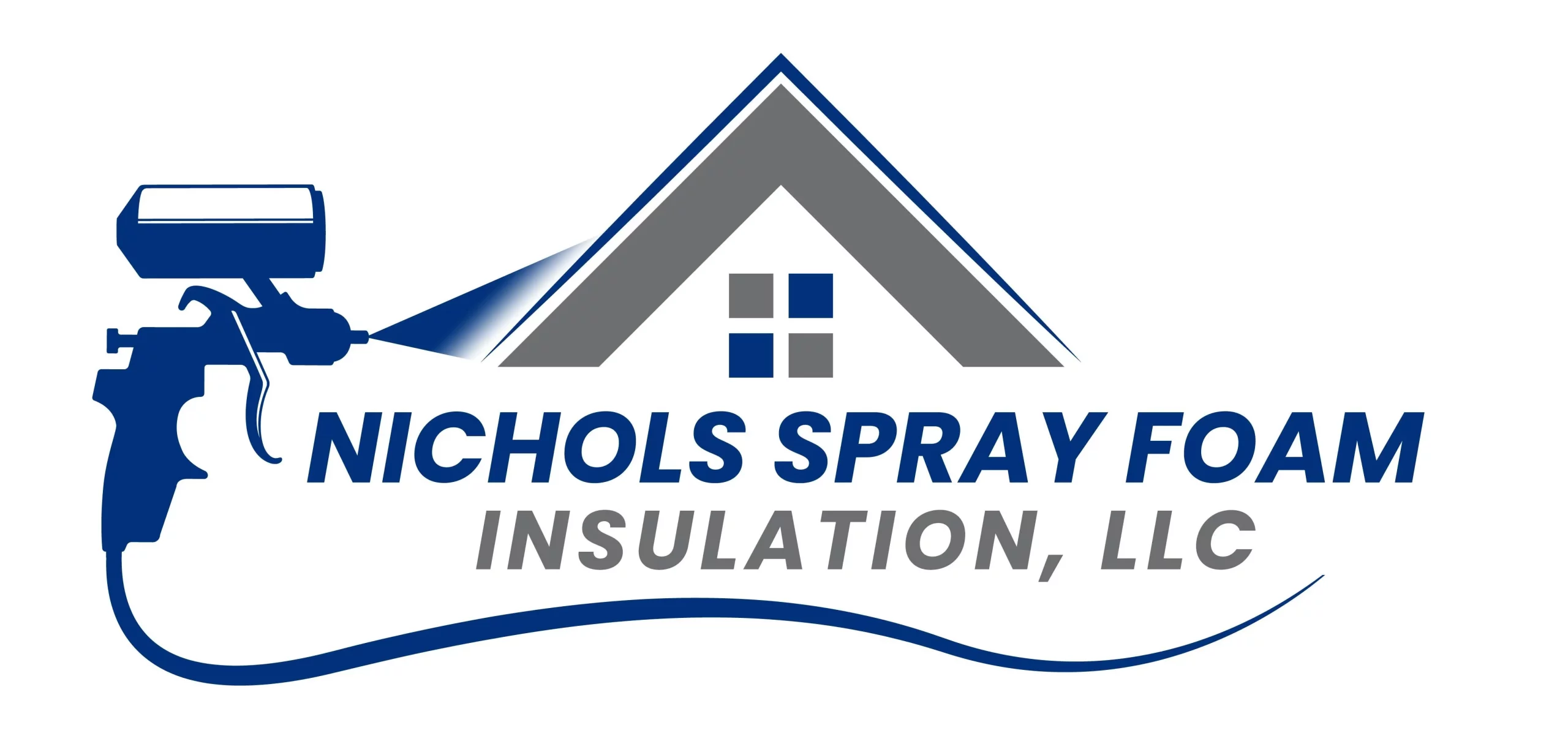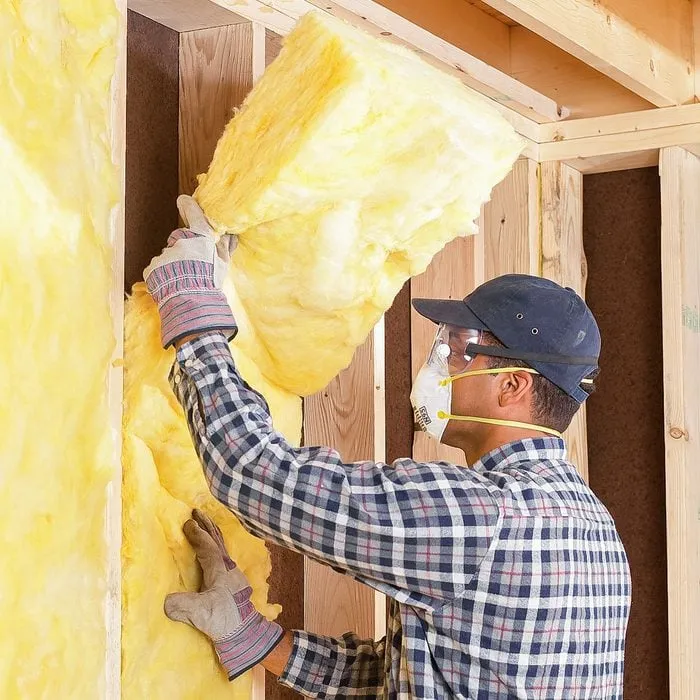As a homeowner, ensuring your home is well-insulated is crucial for maintaining a comfortable indoor environment and reducing energy costs. One of the most popular insulation materials on the market is batt insulation, which comes in various forms and R-values. However, selecting the proper insulation for batts can take time and effort, given the many available options. In this blog, we’ll provide expert guidance to help you make an informed decision about the right insulation for your property.
As a homeowner, ensuring your home is well-insulated is crucial for maintaining a comfortable indoor environment and reducing energy costs. One of the most popular insulation materials on the market is batts insulation, which comes in various forms and R-values. However, selecting the proper batts insulation can take time and effort, given the many available options. In this blog, we’ll provide expert guidance to help you make an informed decision about the right insulation for your property.
Understanding Batt Insulation
Batt insulation, or blanket insulation, is a material that comes in pre-cut sections or rolls. It is typically made from fiberglass, mineral wool, or other insulating materials. Batt insulation is designed to fit snugly between the framing members in walls, floors, and ceilings, providing effective insulation against heat transfer. One of insulation’s key advantages is its versatility. It can be used in various applications, including new construction, renovations, and retrofits. Additionally, insulation for batt is relatively easy to install, making it a popular choice among DIY enthusiasts and professionals alike.
Factors To Consider When Choosing Batt Insulation
When selecting the proper batt insulation for your home, there are several factors to consider:
- R-value: The R-value measures a material’s resistance to heat flow. The higher the R-value, the better the insulation’s ability to prevent heat transfer. Different climates and building codes require specific R-value ratings, so choosing an insulation product with the appropriate R-value for your region and application is essential.
- Material Type: Batts insulation is primarily available in two material types: fiberglass and mineral wool. Fiberglass insulation is generally more affordable and widely available. In contrast, mineral wool insulation is more resistant to moisture and fire, making it a suitable choice for areas with higher humidity or fire risk.
- Moisture Resistance: Depending on your home’s location and the insulation’s intended use, moisture resistance may be crucial. Some insulation products are designed to be moisture-resistant, which can help prevent mold growth and maintain the insulation’s efficacy over time.
- Sound Insulation: If you’re concerned about reducing noise from outside or between rooms, consider insulation products for batts with enhanced sound-dampening properties.
- Installation Considerations: Batt insulation can be installed in various ways, including friction-fit, wire-supported, or faced with a vapor retarder. You will need to consider the installation method that best suits your project and the compatibility of the insulation product.


Expert Tips For Installing Batt Insulation
While batt insulation is relatively easy to install, proper installation techniques are crucial to ensure maximum effectiveness and longevity. Here are some expert tips to keep in mind:
- Measure Accurately: Before purchasing batt insulation, take precise measurements of the areas to be insulated. Accurate measurements will help you determine the correct amount of insulation needed and minimize waste.
- Wear Proper Safety Gear: When working with batts insulation, it’s essential to wear protective gear, such as gloves, goggles, and a respirator, to avoid skin irritation and respiratory issues.
- Ensure Proper Fit: Batts should fit snugly between the framing members, with no gaps or compression. Gaps can compromise the insulation’s effectiveness, while compression can reduce its R-value.
- Seal Gaps and Seams: Use appropriate sealants or tapes to seal any gaps or seams in the insulation, preventing air leakage and ensuring continuous insulation coverage.
- Follow Manufacturer Instructions: Always refer to the manufacturer’s instructions for specific installation guidelines, as different products may have unique requirements or recommendations.
Maximize Your Home’s Energy Efficiency
Choosing the right insulation for batts and ensuring proper installation can significantly improve your home’s energy efficiency, reduce utility bills, and create a more comfortable living environment. Remember, insulation is a long-term investment in your home, and selecting the appropriate product can pay dividends for years to come.
Get Professional Assistance From Nichols Spray Foam Insulation, LLC
If you need more clarification for the best insulation solution for your home or need professional installation services, feel free to contact the experts at Nichols Spray Foam Insulation, LLC. Our knowledgeable professionals can provide personalized guidance, help you choose the proper batt insulation, and ensure a seamless installation process.
Located in South New Berlin, New York, Nichols Spray Foam Insulation, LLC, has been providing homeowners with top-quality insulation solutions. Contact us today at (607) 267-3549 to schedule a consultation or learn more about our services. Proper insulation is an investment in your home’s comfort, energy efficiency, and long-term value. Let us help you make the right choice for your insulation needs.



